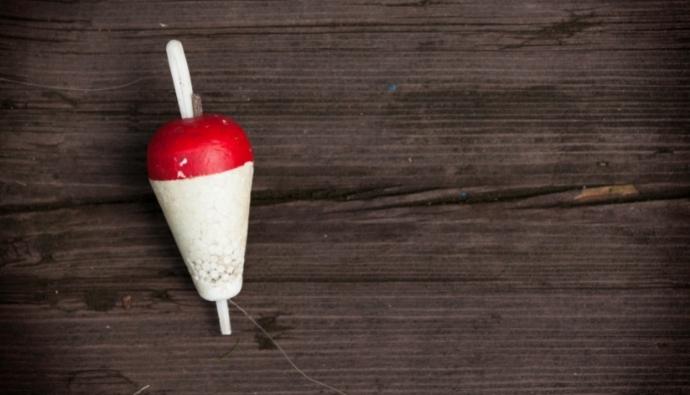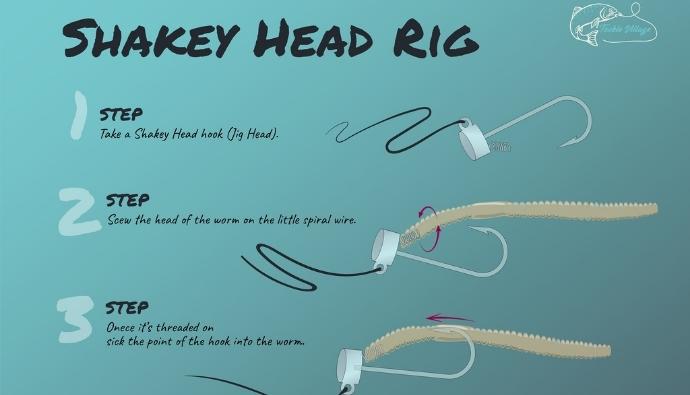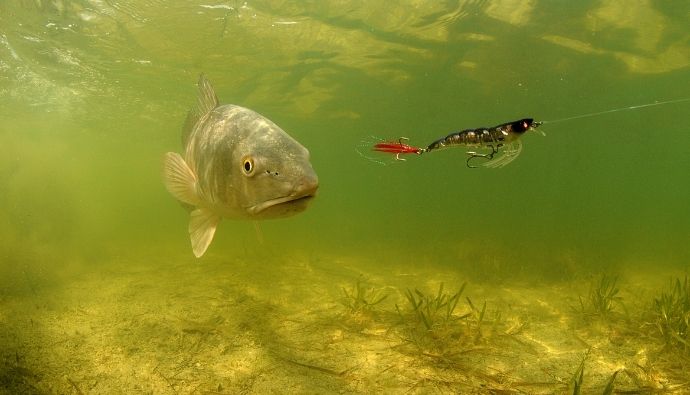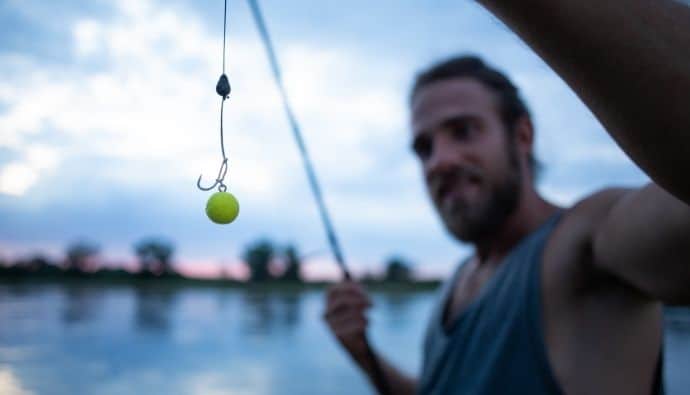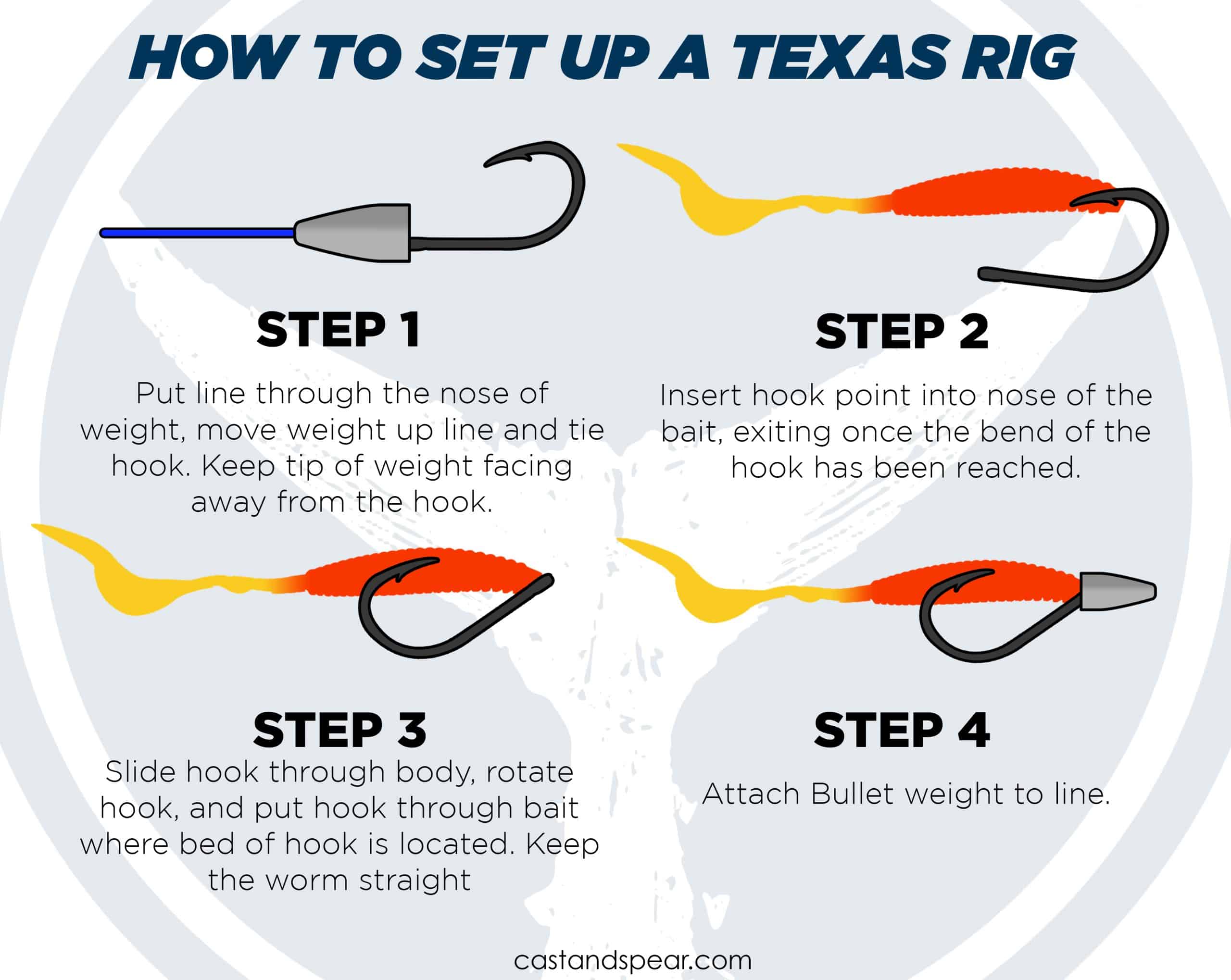Deep Drop rigs prove invaluable when fishing deep. Fishing in water that is 500 feet deep is way different than fishing in a shallow reef.
When you are fishing for a queen snapper, tilefish, or those that live in frigid temperatures and complete darkness, you need to step up your rig game. This is where deep dropping comes in.
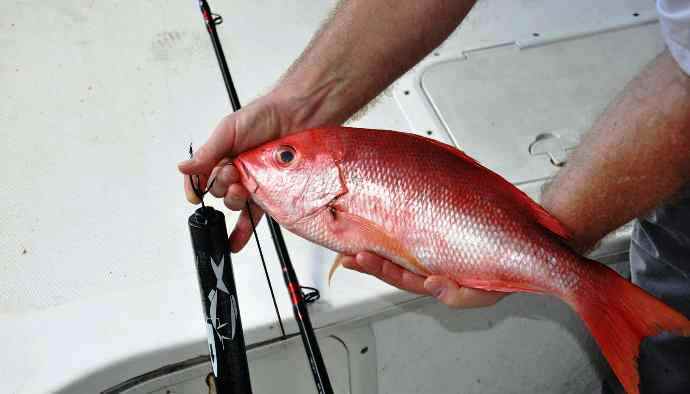
Deep Dropping Techniques
Deep dropping is essentially bottom fishing at significant depths. Most anglers use electric deep dropping reels to do this. Some people may not agree, but this type of reel can be quite useful.
Just reeling up a line from, say, 500 to 700 feet can take a long time, which can take a toll on your wrist. An electric reel can do the job much faster and without effort.
You can get plenty of catch when you fish deep drop rig, including yelloweye rockfish, barrelfish, tilefish, queen snapper, Warsaw grouper, and longtail sea bass, depending on where you’re fishing. Here in Southern California, we like to use rock fishing rigs.
Most of these fish can be found midway or right down on the bottom of the seafloor. Larger fish usually remain at the bottom.
Deep Drop Fishing Setup
The best terminal tackle for these deep drop rigs should include everything you need to make your experience easier. Besides your basic hooks, reels, lines, lights, etc. Here are some of the gears that should be in your deep drop tackle:
1. Rods
The type of rod you get should depend on the depths you will be fishing in. For the 400 to 450 feet range, go for one that is heavy and about 8 feet long. When you get into the 800+ range, use a rod rated for a 50 to the 200-pound line, complete with roller guides.
2. Reels
As mentioned before, you can use an electric reel for deep drop rigging rather than a manual one. You don’t want to spend half of an hour just cranking a reel by hand; that will take time and effort. Daiwa’s Tanacom 1000 is a solid choice. We also have a guide on how to use a spinning reel to help you set it up properly.
3. Lines
The best mainline for deep drop fishing is the braid since it is nice and thin on the spool. Use at least a 70-pound braid, depending on what you’re targeting.
4. Leaders and Rig
It’s important to use a strong leader. You can make one yourself using an 80+ pound leader and crimping your rig with the number of hooks you’re legally allowed to use based on where you live. If you don’t have access to a crimp kit, you can buy premade kits similar to what’s shown above.
5. Baits
Bait is dependent on what fish you’re targeting. Options that are common as bait include squid and various cut baits.
6. Hooks
Use circle hooks exclusively. You need to feel the bite because, with 500 or more feet of line, you won’t be able to see fish take the bait. A circle hook will hook the fish before you even feel the bite. You can use both the inline and offline varieties. Large hooks are common up to 12/0.
7. Deep Drop Rig Weights
You’ll need heavy weights to fight the current when you’re super deep. Say, for example, you’re going for fish at 800 feet deep, then it’s not uncommon to use 6 pounds or more.
8. Deep Drop Rig Lights
Deep drop lights, especially if you are deep dropping more than 350 feet. Get a light that emits a green-colored light, as those are the most attractive to fish, but you can also go with blue or white. Just make sure the light is waterproof and coated.
Frequently Asked Questions
Drop weights can range from 1 pound to 14 pounds depending on the depth and current. Plus, they should be heavy enough to allow your bait to touch the bottom. The size should depend on the depth and the speed of the current.
For example, if you are deep dropping at 400 feet in 2 knots of current, use a one or 1.5-pound weight. As the speed of the wind and current increase, so should the weight, or you may end up losing a lot of lines and still not end up at the bottom.
You can catch swordfish, grouper, queen snapper, rockfish, tile fish, sharks, and the black belly rosefish using deep drop rigs. The deeper you go, the larger hooks and baits you will need.
You can find them when you fish deep, from 400 to 1000 feet underwater, with some, such as the wreckfish, can be found almost 2,000 feet deep. You can find swordfish off the bottom but near it during the day at about 1,600 to 1,800 feet.
Since you will be fishing for bottom-dwelling fish like queen snapper, yelloweye, or barrel fish, you need to adjust your bait accordingly. Luckily, these fish are not picky eaters compared to fish that swim in the shallows.
You can use squid as bait and even fresh barracuda when you fish deep. Just cut it up into matchbox-size pieces and place a piece on the rig hooks.
The depth you are fishing in will influence your need for lights. As you go deeper into the ocean, the lesser light and visibility there is.
If your rig descends more than 400 feet, a light will be necessary, or you won’t be able to see or attract fish with the bait you attached to the hooks.




 Facebook
Facebook YouTube
YouTube